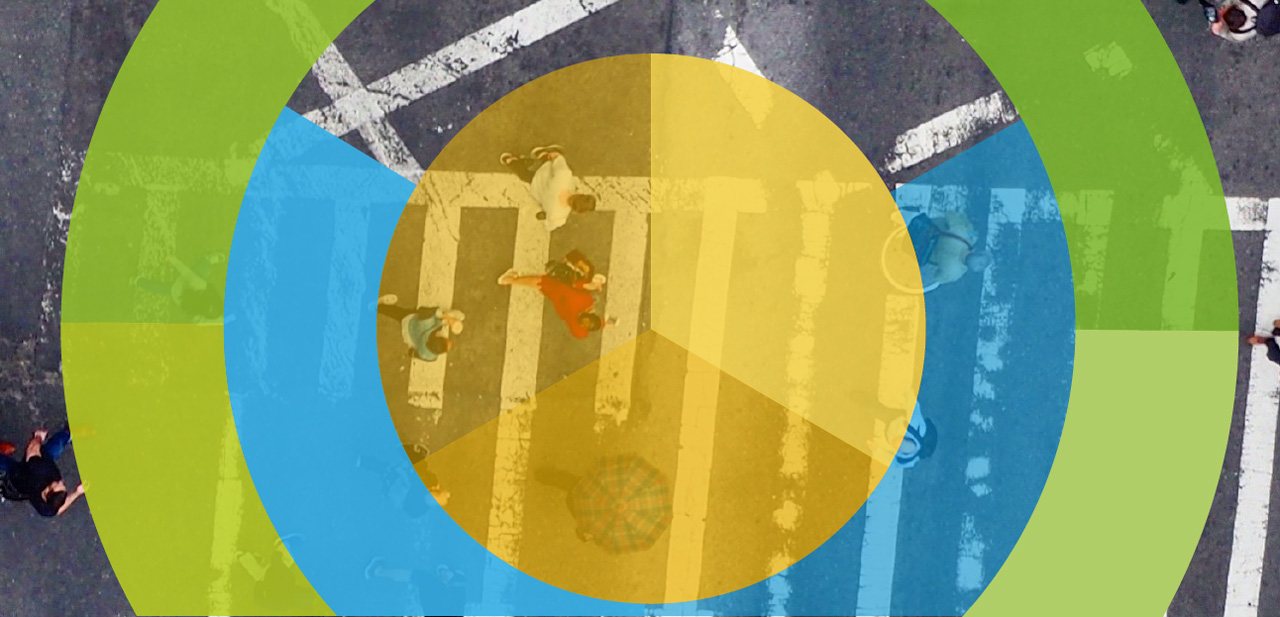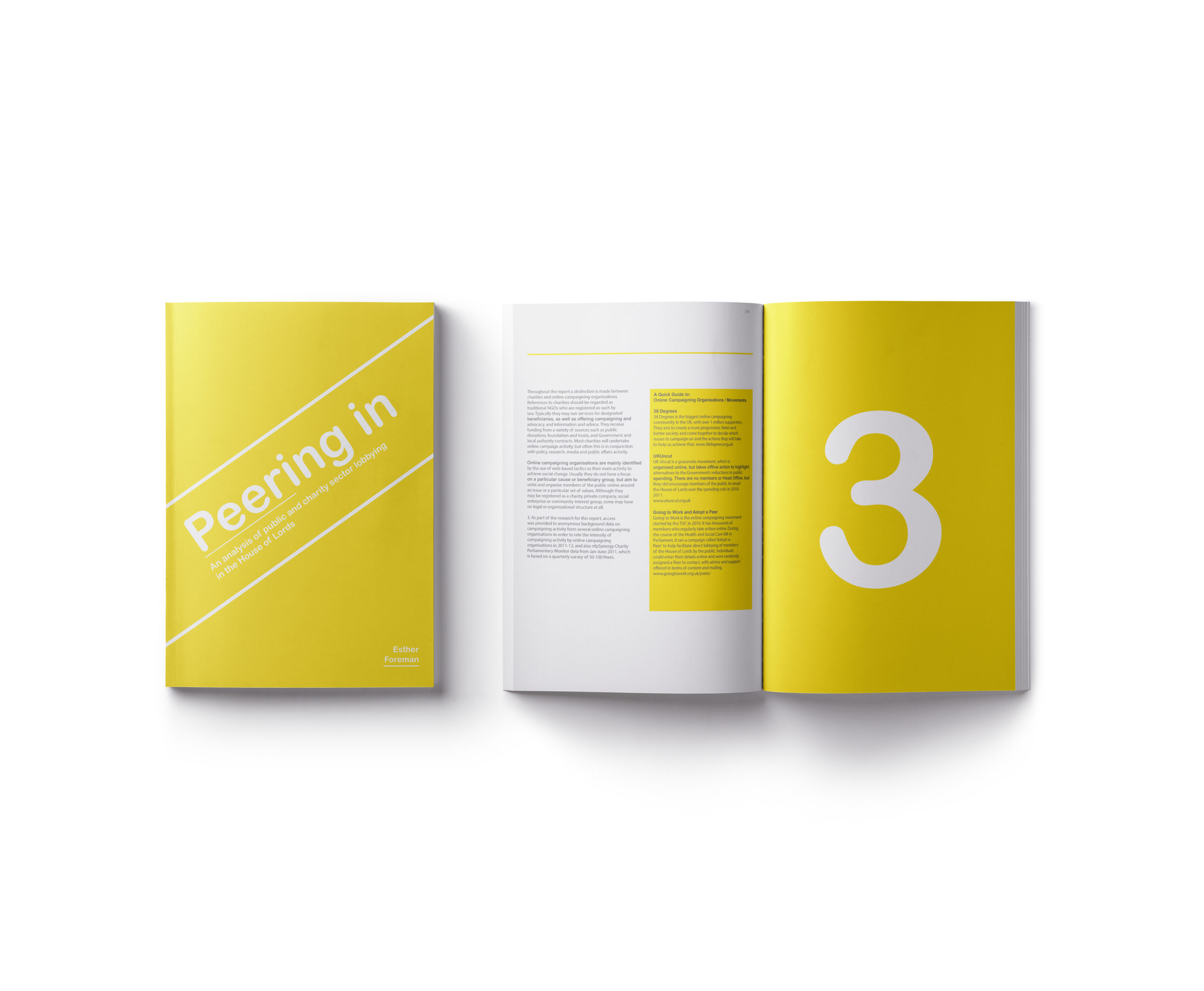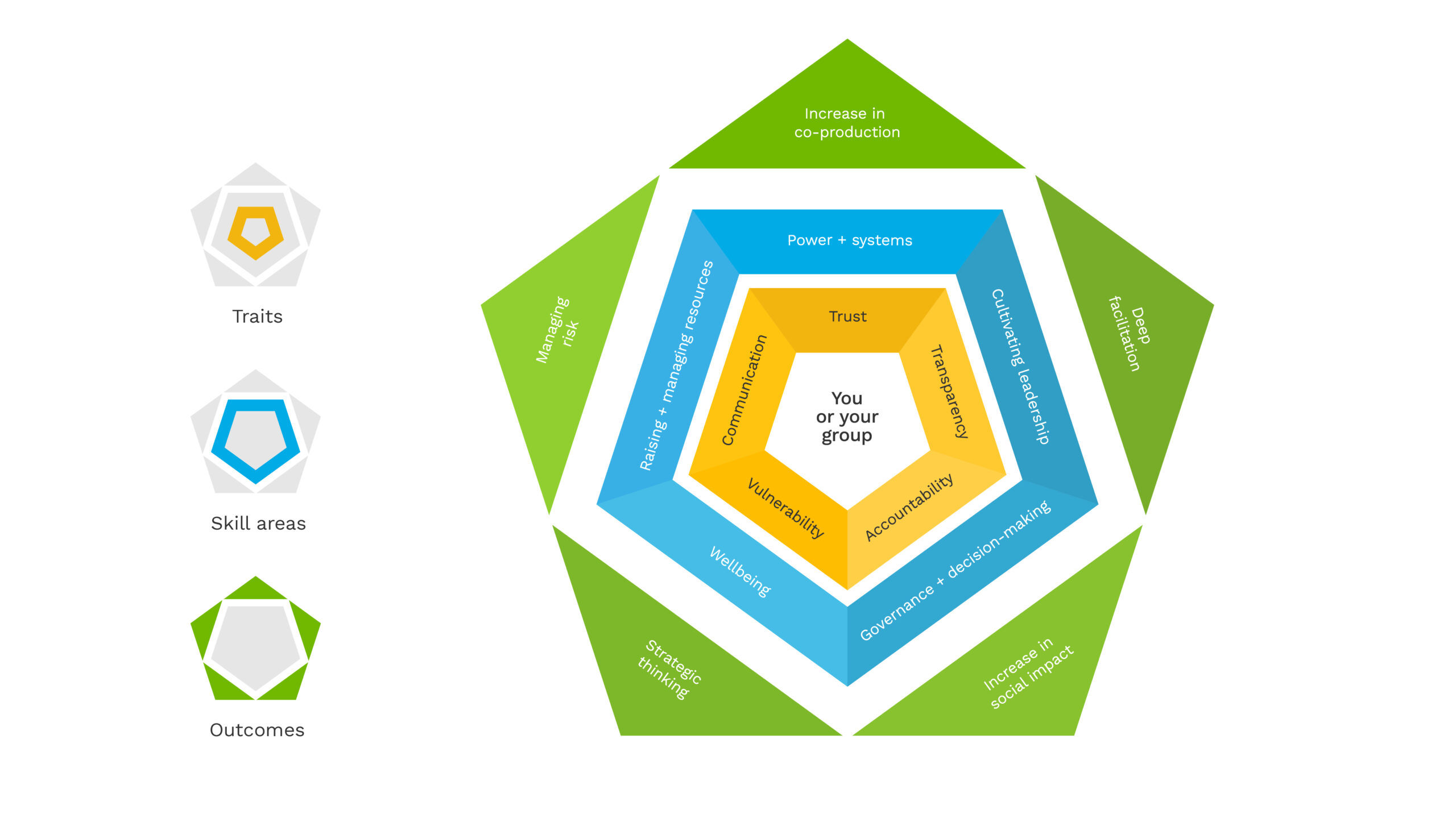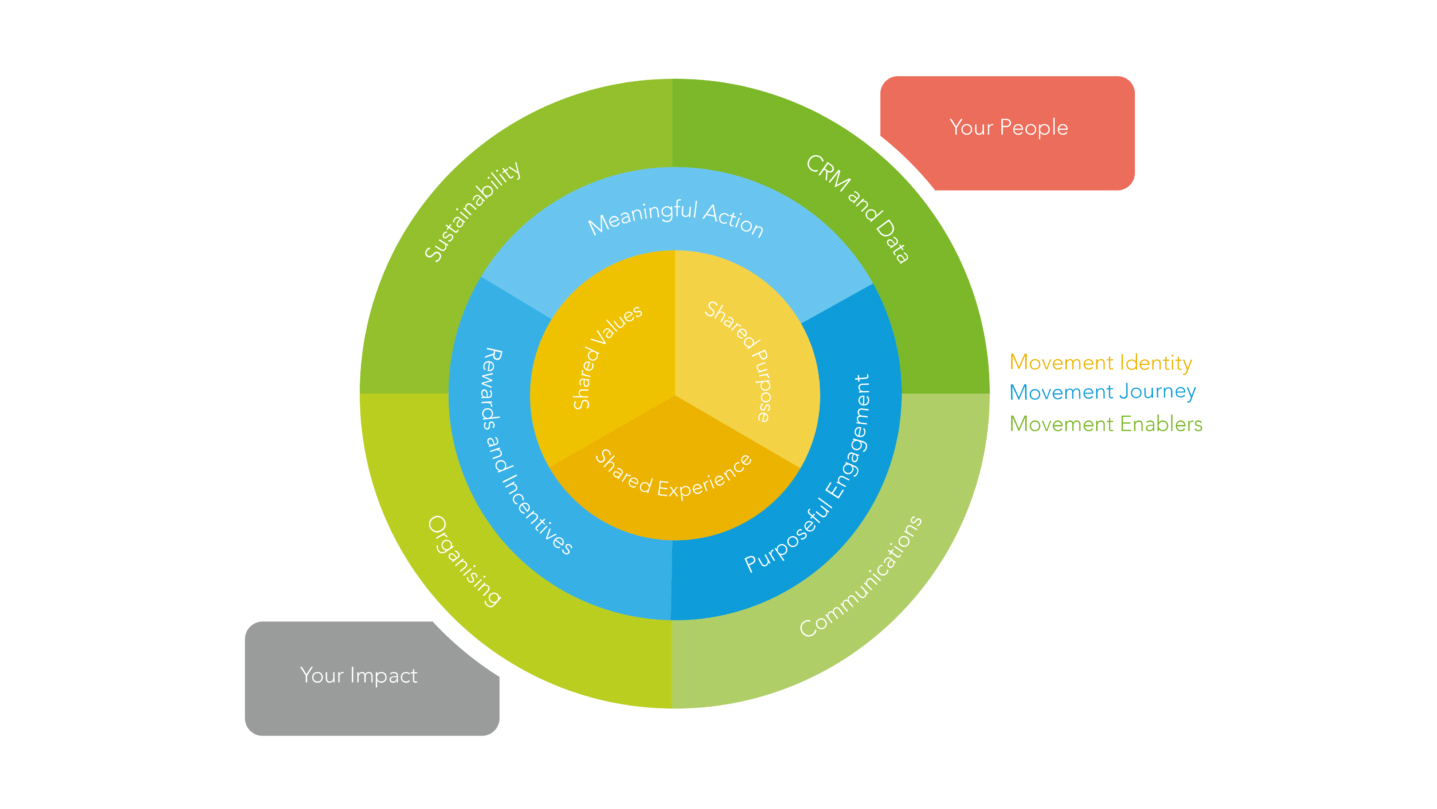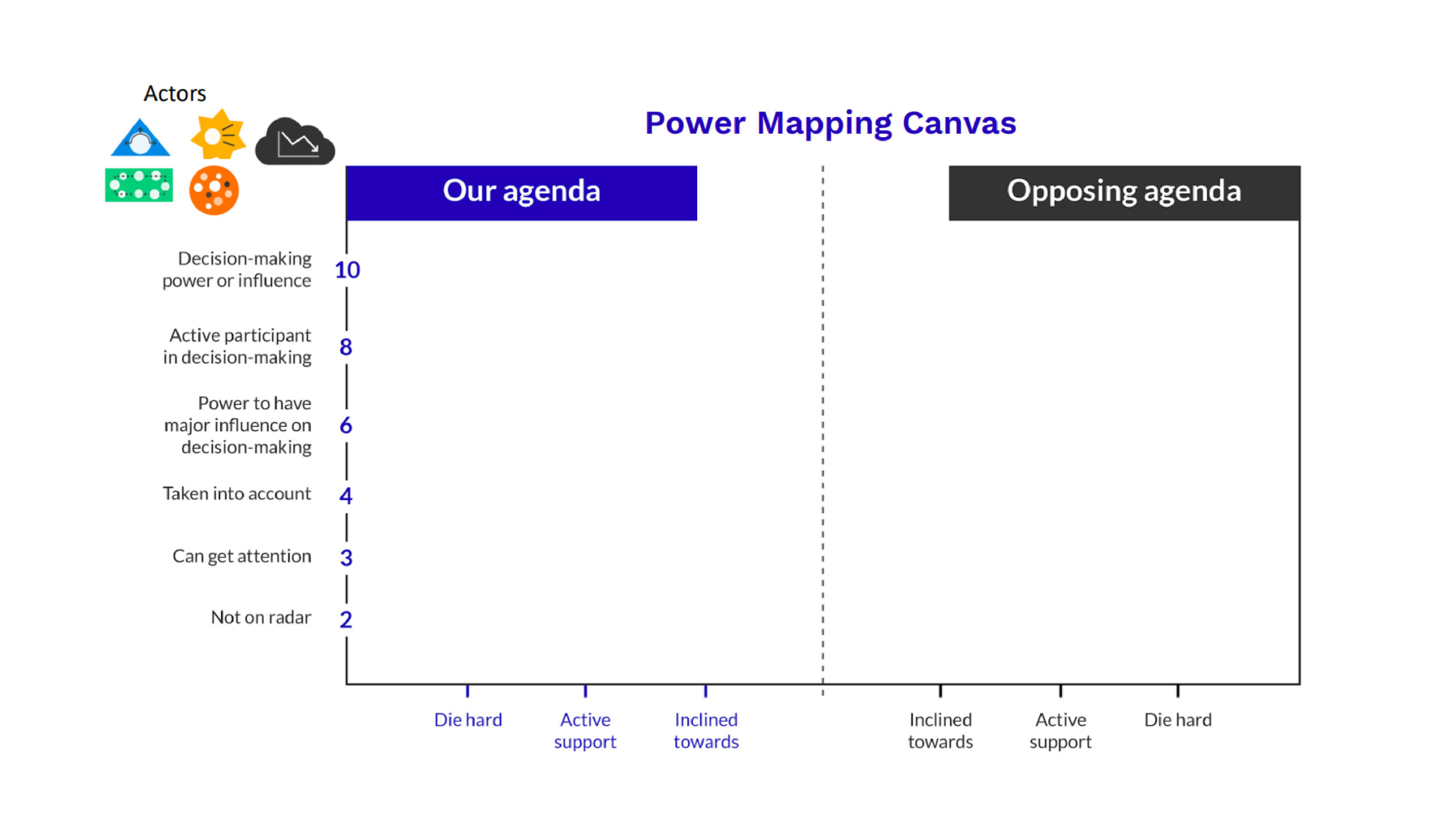Why “the traditional charity model is broken” and how to fix it
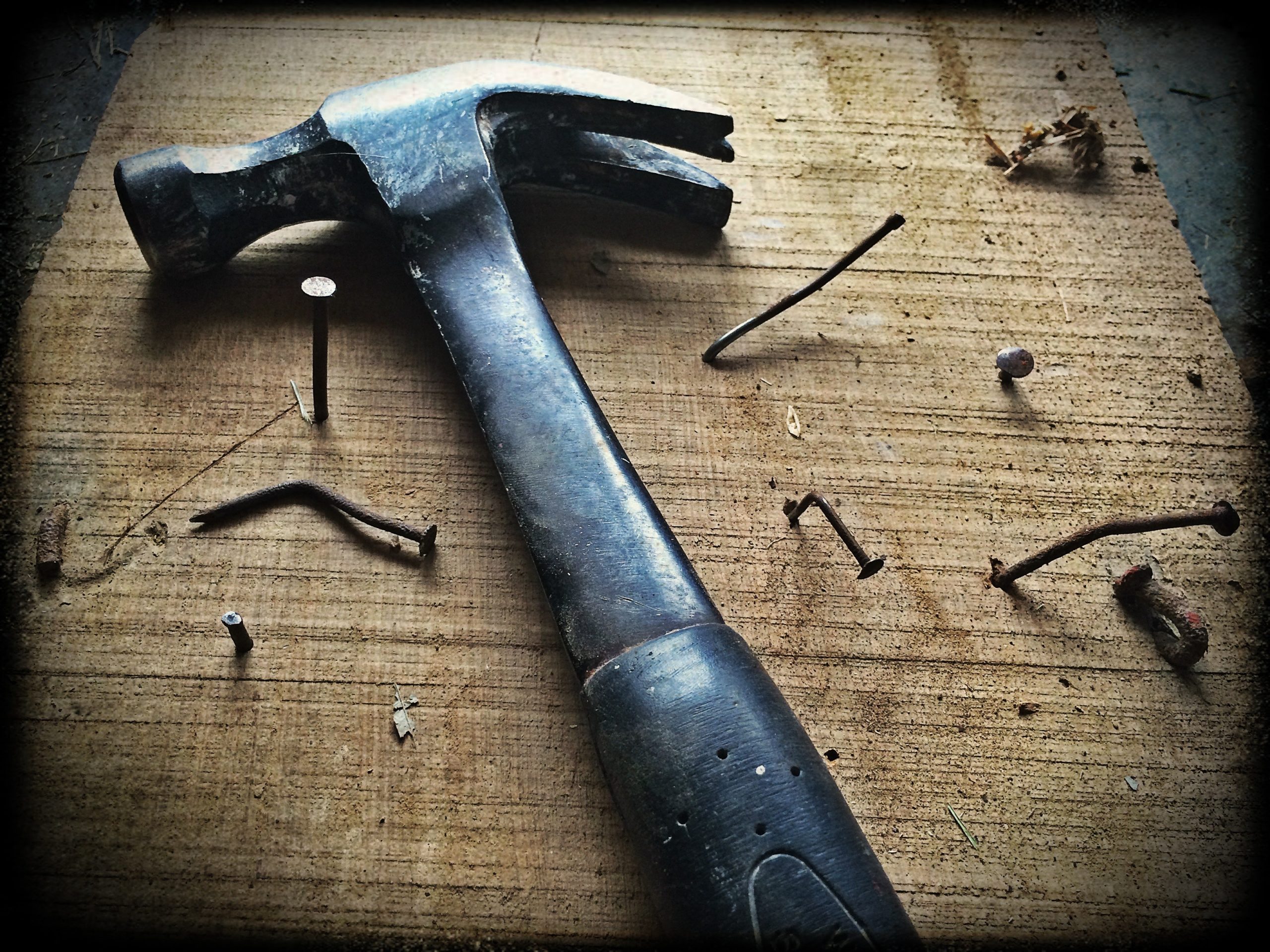
An indepth interview with Joe Jenkins, Director of Fundraising and Supporter Engagement at The Children’s Society
We caught up with Joe fresh from his presentation at this year’s International Fundraising Congress to find out more about what was behind his assertion that the traditional charity model is broken, his call for charities to focus on building social movements, and what this means for The Children’s Society.
Can you tell us what’s informed your approach to movement building?
In my previous role as Director of Engagement at Friends of the Earth I oversaw FoE’s communications, activism and engagement. FoE was conceived as a very grassroots, international movement from the outset to deliberately combine local power with national and global impact.
At The Children’s Society, I had to ask how ideas about movements and social change might relate to a 135 year old Victorian charity with a wide direct service base. Well, I quickly discovered we’re not starting with a blank sheet of paper. Over 135 years we’ve built up a pretty strong movement already. We have a really strong community network supported through groups, churches and people across the UK. We have people who’ve been supporters for 50-60 years, like the lady I met in her late 80s who’s been a part of The Children’s Society for almost all her life and remembers getting involved as a child.
“So we’re talking about how we build our movement – not how we create one – and thinking about how our values as a children’s charity affect how we build relationships to make change happen.”
At the core is the fundamental belief that, at The Children’s Society, we see the whole child, not the problem or the issue they are facing. We see all the child is and can be and build strong relationships based on trust to empower them to go on and fulfil their potential. So the question is, how do we apply that same value – seeing the whole person – to all the people we need in order to bring change about? Valuing all that people can achieve and recognising you can have more impact when you build around core values and common goals.
Your comments about social movements were made in the context of impact reporting – so what’s the relevance to impact for children and young people?
In my opinion, too many charities’ strategies and approaches are about how they run their organisations rather than how they can solve the challenges they were established to tackle. I fear too often they are focussed on how to grow their size and scale, on an assumption that doing more achieves more, rather than working back from the impact they’re trying to achieve.
Look at the experiences of young people, where hundreds of years of effort from a wide range of organisations is failing to crack the intractable issues that keep young people trapped in a cycle of disadvantage. Our ambition is to break those cycles and if we start from what it will take to achieve that, we immediately recognise we’re not going to do that on our own. We’re going to have to build a far more powerful coalition of partners to make it happen.
“That’s what brings us from impact to movements – the need to mobilise a community of common interests and values undertaking a shared endeavour. But whereas community can last indefinitely, a movement is about progress towards a common goal. When you apply the idea of movements, you need impact at the heart of this model, to give it purpose.”
So how do you describe the role of the charity in this set up?
We talk about our role in three ways: inspiring, connecting and mobilising.
“To get people involved, we have to build and tell a story about the difference we’re trying to make and how will that change happen.
We have to build on this idea of shared endeavour to connect people.
And we mobilise by unlocking potential from this community of common interests and values.”
We hold the space of “The Children’s Society” as a movement (not just a charity or institution) and we have a privileged role in helping to steward this movement forward. Our contribution is the insight and experience we have from our work with children and young people, our professional skills and convening others to enable change to happen.
And what does this all mean for fundraising?
I see too many charities run along a conventional business model in which your strategy is about how you run your organisation, with passive beneficiaries receiving your services and the role of the supporter base is also relatively passive, providing cash to fund the work. That leads to the conventional, transactional marketing approach which is about marketing products and offers to get cash out of people, to help your beneficiary group with only the charity in a wholly active role.
If you are asking ‘how do we collectively make the change happen?’, it forces you to think very differently about fundraising, comms, marketing and how you build relationships. And you start breaking down these artificial barriers between ‘staff’, ‘supporters’, ‘beneficiaries’ that don’t make sense – both internally and externally.
In a movement, you see your supporters as whole people, not as ‘volunteers’, ‘campaigners’, or ‘donors’. You’re part of a movement for change and our role is to help you realise your potential in a range of ways.
In a conventional breakdown of roles, some people ask for money, some campaign actions, some volunteer hours. It just doesn’t work in a movement model, it’s inherently limiting. As much as we need money, we need to realise the value of others’ contributions – their time, voice, advocacy, ideas and social capital.
I’m changing the roles of those I work with at The Children’s Society to be first and foremost about maximising impact on children’s lives. That means shifting from having very different and distinct fundraising, campaigning and volunteering teams to having a team that is responsible for all types of supporter relationship focussed collectively on impact for children.
Are you a leader in the charity sector? Find out how we can help

